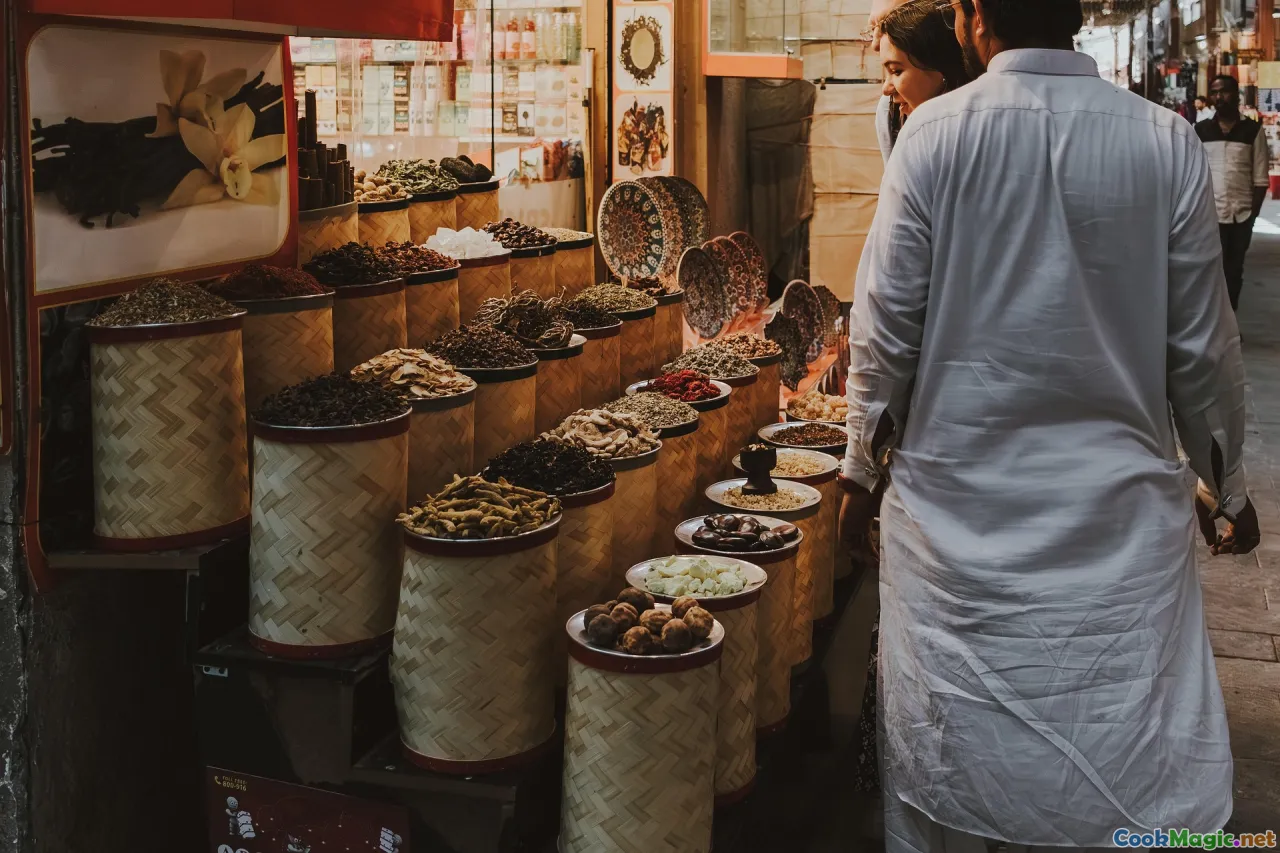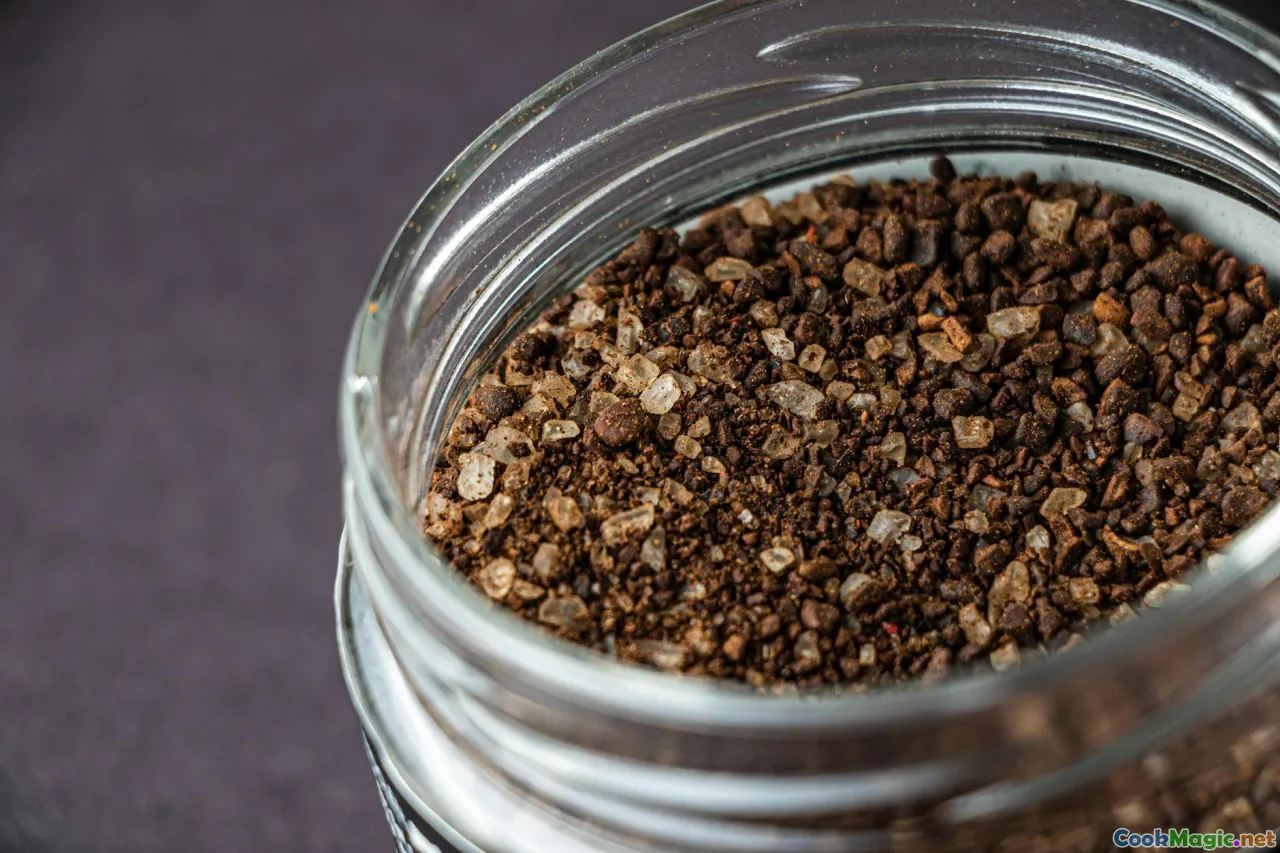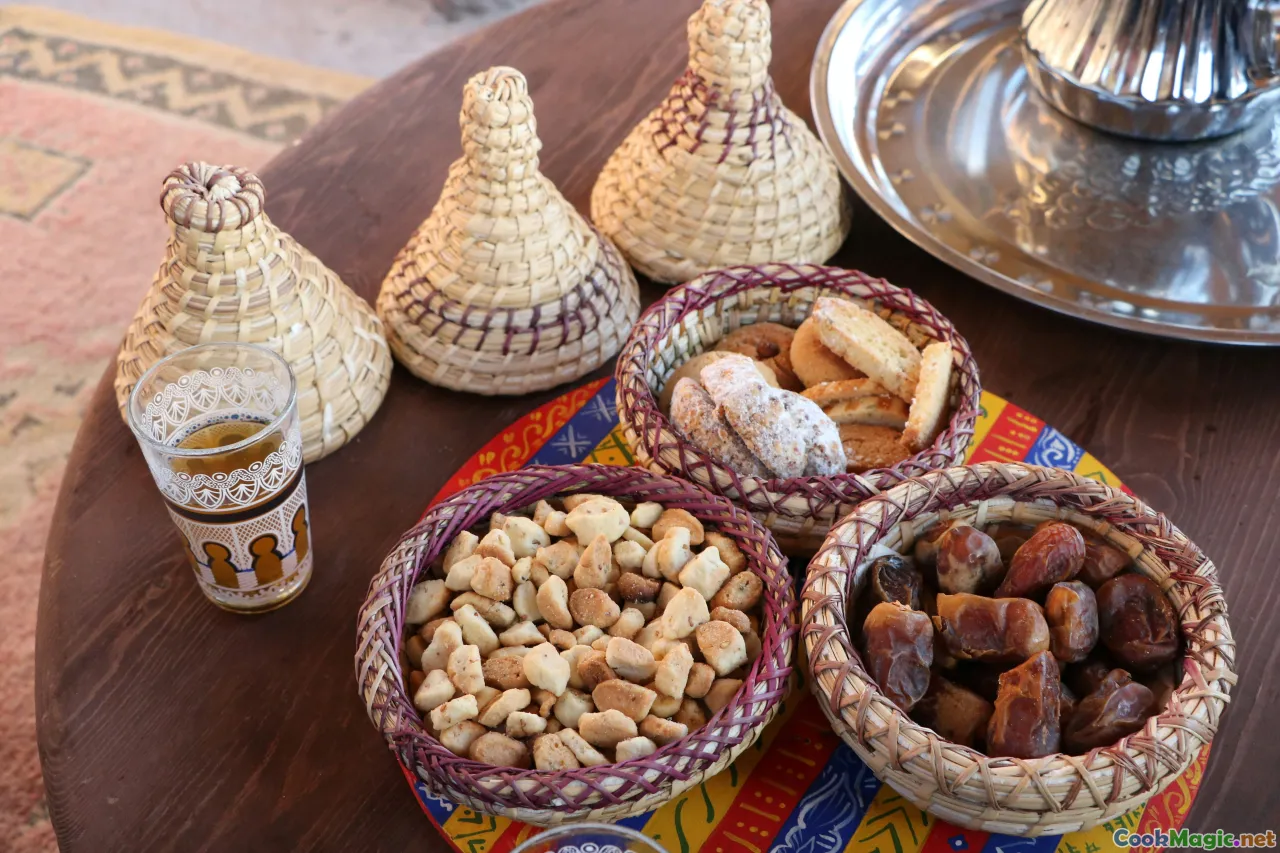The Art of Spicing Moroccan Couscous Dishes
11 min read Discover the secrets to flavorful Moroccan couscous through expert spicing techniques and authentic ingredient pairings. July 29, 2025 00:05
The Art of Spicing Moroccan Couscous Dishes
Few culinary traditions evoke the vibrant tapestry of scents, colors, and flavors quite like Moroccan cuisine. At its heart lies couscous—a humble semolina grain transformed through generations into a cornerstone of social and familial gatherings. But what elevates Moroccan couscous from simple sustenance to an art form is the masterful use of spices—a symphony of aromatic, earthy, and sometimes fiery ingredients that tell stories of trade routes, centuries-old tradition, and regional pride.
In exploring the art of spicing Moroccan couscous, we delve beyond mere seasoning into a cultural ritual. Every pinch unravels a story, every aroma rekindles memories, and each unique blend sleeps within the ancestral clay pots that have simmered over fire for generations. Let’s embark on a flavorful journey through the nuances of Moroccan spices and masterful techniques that define this iconic dish.
The Soul of Moroccan Spices: An Introduction to the Flavor Palette

Moroccan cuisine is renowned for its complex layers of flavor, achieved through a carefully curated palette of spices. Each spice contributes distinct notes—warmth, earthiness, sweetness, pungency—that, when integrated skillfully, create a harmonious blend that is both soul-satisfying and soul-provoking.
Key spices such as cumin, coriander, ginger, cinnamon, and turmericform the backbone of most Moroccan spice blends. These are complemented by lesser-known aromatics likekanar, saffron, and preserved lemon—imparts of centuries-old trade that infused the region with exotic flavors.
Imagine walking into a bustling souk in Marrakech: the air thick with scent and interest. Mounds of vibrant spices—bright yellow turmeric, fiery red paprika, deep golden cumin—fill woven bags, tempting even the most seasoned chefs to ponder their next magical creation.
The true artistry lies in the balance and artistry of blending these spices—often ground fresh and combined in specific ratios that convey the very soul of the dish.
The Classic Spiced Couscous: Ingredients and Preparation

Preparing authentic Moroccan couscous is akin to conducting a delicate symphony. The quality of ingredients, freshness of spices, and craftsmanship in steaming contribute to the final harmony.
Essential Ingredients:
- Semolina couscous grains (preferably pearled, medium or fine grind)
- An array of spices: cumin, coriander, cinnamon, turmeric, paprika
- Liquid component: chicken or vegetable broth, sometimes infused with saffron
- Vegetables: carrots, zucchini, turnips, butternut squash
- Proteins: lamb, chicken, merguez sausages (spicy sausages)
- Aromatics: onion, garlic, preserved lemon, fresh herbs (cilantro, parsley)
- Additional flavorings: rose water or orange blossom water (optional but traditional)
Preparation Steps:
- Toast the spices: In a dry skillet, lightly toast cumin, coriander, and paprika to release their essential oils.
- Build the base: Sauté diced onion and garlic in olive oil, then add the toasted spices, allowing them to bloom.
- Add the vegetables and protein: Brown the meat, then incorporate root vegetables. Cover with hot broth infused with saffron threads.
- Steam the couscous: Traditionally, couscous is steamed over the stew in a special vessel called a couscoussier. This allows the grains to absorb steam and flavors, ensuring a fluffy, tender texture.
- Season and serve: Fluff the couscous with a fork, stir in preserved lemon and herbs, and serve with the stew ladled on top.
Techniques of Spicing: From Subtle to Bold

Achieving the perfect Moroccan couscous is not just about the ingredients, but the technique—how, when, and in what order spices are introduced.
Toasting and Blooming:
Begin by gently toasting whole spices to bring out their aroma, which enhances their flavor and ensures they aren’t bitter. Blooming spices in hot oil releases essential oils into the dish, creating a fragrant base.
Layering Flavors:
Added at different stages, spices like cinnamon and saffron are best introduced delicately to avoid overpowering. For a subtler profile, use ground spices earlier in cooking, allowing them to meld. For more pronounced spice presence, sprinkle freshly ground spices toward the end.
Adjusting Heat and Aroma:
While paprika adds smoky sweetness, chili powder or powdery harissa can introduce warmth or heat for more fiery dishes. The trick is complementing rather than overpowering the dish’s base flavors.
Regional Variations and Personal Touches

Moroccan couscous varies across regions—northern coastal variants tend to incorporate more fragrant herbs like fennel, while interior recipes lean heavily on warm spices and dried fruits.
- Berber couscous: Rich with preserved lemon, saffron, and sometimes a splash of fresh orange blossom water.
- Saharan style: Incorporates dried meats and heavier spices for bold, smoky flavor.
- Urban contemporary twists: Chefs blend traditional spices with modern techniques like sous-vide or incorporate international ingredients for global resonance.
Personal touches, like adding raisins, chopped apricots, walnuts, or roasted chickpeas, bring layers of texture and sweetness to the dish, elevating it beyond mere sustenance to an expression of cultural storytelling.
Spices in Context: Cultural and Emotional Significance

Spices in Moroccan cooking are more than flavor—they are carriers of history, emotion, and identity. When a grandmother adds a pinch of cinnamon or a mother stirs saffron into steaming broth, they invoke memories of family, community, and tradition.
In cities like Fez and Marrakech, the market vendors often have tales attached to their spices, passed down through generations. Scenting a dish with a hint of cinnamon, for instance, has always been associated with warmth, comfort, and hospitality.
The act of spicing also embodies patience and respect—learning the balance, tasting, adjusting, and finally sharing—a ritual that cements bonds and celebrates life.
Tips to Master Moroccan Spicing at Home

- Start with quality ingredients: Invest in whole spices and grind fresh; it makes all the difference.
- Taste as you go: Balance is key—adjust the amount of each spice to suit your palate.
- Don’t rush the process: Toast and bloom spices early to maximize their aromatic power.
- Experiment with regional ingredients: Try adding preserved lemon, harissa, or orange blossom water for authentic flavors.
- Learn from tradition: Study recipes from different regions and cook with enthusiasm—every batch teaches something new.
Closing the Sensory Journey
Moroccan couscous, infused with the intricate dance of spices, is a testament to the country's rich history and enduring traditions. When you take the time to master its spicing, you’re not merely creating a meal—you’re conjuring a cultural experience, a wave of sensory memories that connect past and present.
So, the next time you stand before your spice rack, consider the stories and flavors waiting to be unlocked. With a little patience, curiosity, and respect for tradition, your home-cooked Moroccan couscous can become a vibrant centerpiece—both in taste and in heart.
Enjoy the journey of mastering the art of spicing Moroccan couscous—your palate will thank you, and your table will be forever enriched.









